Small habits can quietly make their pain much harder.
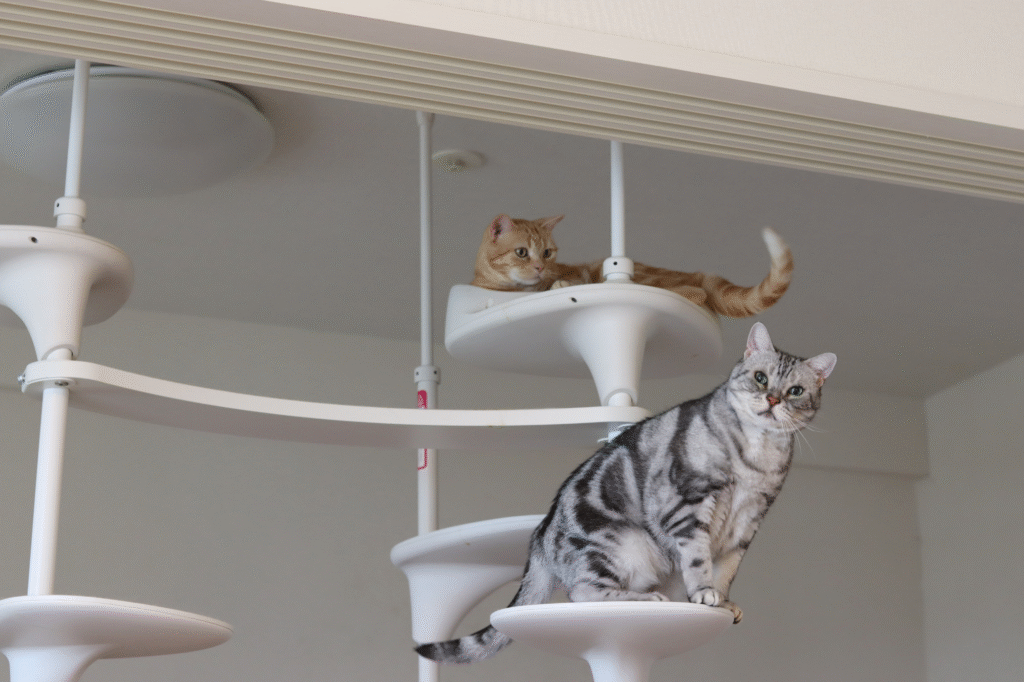
Arthritis in senior cats is so common that it’s often mistaken for normal aging. But that limp, hesitation to jump, or quiet retreat to a corner isn’t just age—it’s pain. Feline arthritis progresses slowly, but once the joints become inflamed, simple daily habits can unintentionally make things worse. From diet to bedding to overlooked vet visits, even small missteps can speed up the damage. Recognizing these mistakes early can mean the difference between steady decline and comfortable, mobile golden years. Here’s what veterinary research says about how owners accidentally make life harder for their arthritic cats.
1. Ignoring subtle shifts in their movement.
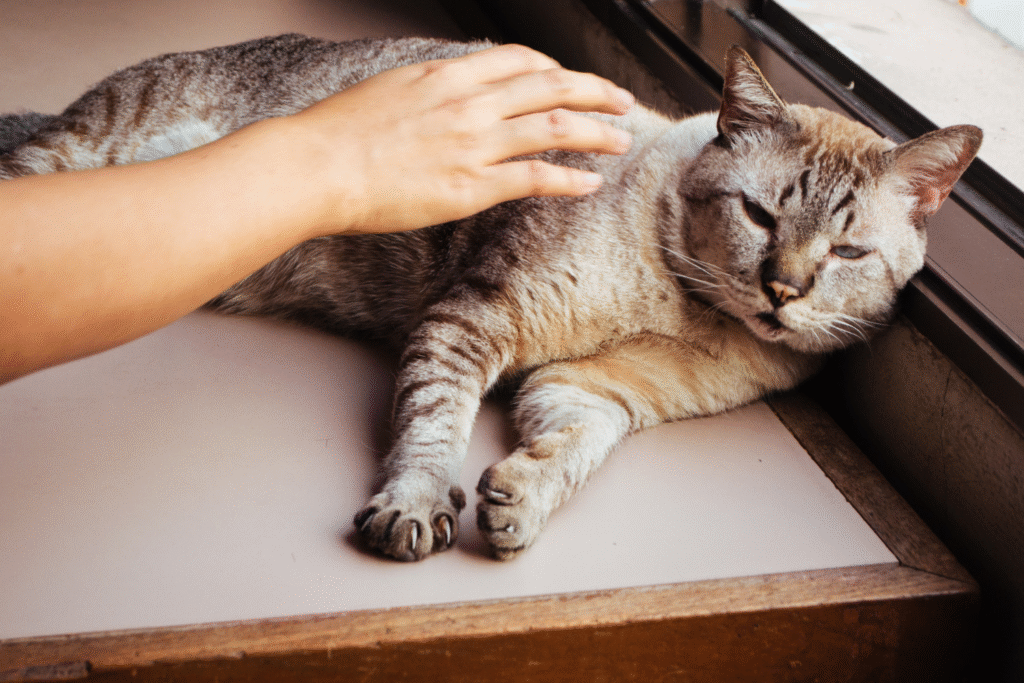
Many owners miss arthritis early because cats are experts at hiding pain. According to the American Association of Feline Practitioners, most arthritic cats simply move less rather than cry out. That might mean skipping high perches or sleeping longer in warm spots. Subtle as it is, reduced motion accelerates stiffness. When muscles weaken from disuse, the joints lose support and pain worsens. Spotting those early clues—like hesitation before jumping or longer grooming breaks—can prevent months of quiet suffering before a diagnosis is even made.
2. Delaying veterinary evaluation when symptoms appear.

Cats often reach the vet only after months of mobility decline, as stated by the Cornell Feline Health Center. Waiting that long means inflammation can become chronic and joint damage permanent. Modern treatments—from anti-inflammatory medications to joint supplements—work best early, not when cartilage is already gone. Delays also make it harder for vets to distinguish arthritis from other disorders like kidney or thyroid disease, which can overlap in older cats. Early testing saves not just comfort, but options for real, lasting relief.
3. Using over-the-counter pain meds meant for humans.
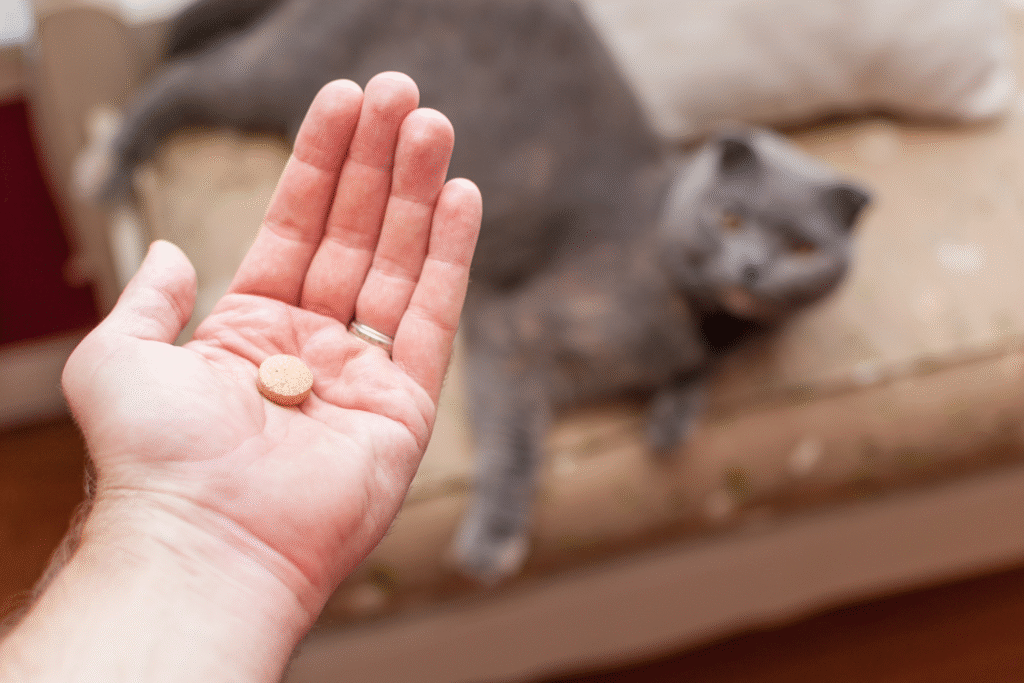
The worst mistake is also one of the most dangerous. Some owners, desperate to ease their cat’s pain, turn to human NSAIDs like ibuprofen or acetaminophen. As reported by the ASPCA Animal Poison Control Center, even a single dose can cause liver failure or fatal anemia in cats. Their metabolism simply cannot process those drugs safely. Always rely on feline-approved medications prescribed by a vet. Pain management in cats is delicate, and homemade fixes can do far more harm than good.
4. Leaving food and water in hard-to-reach spots.
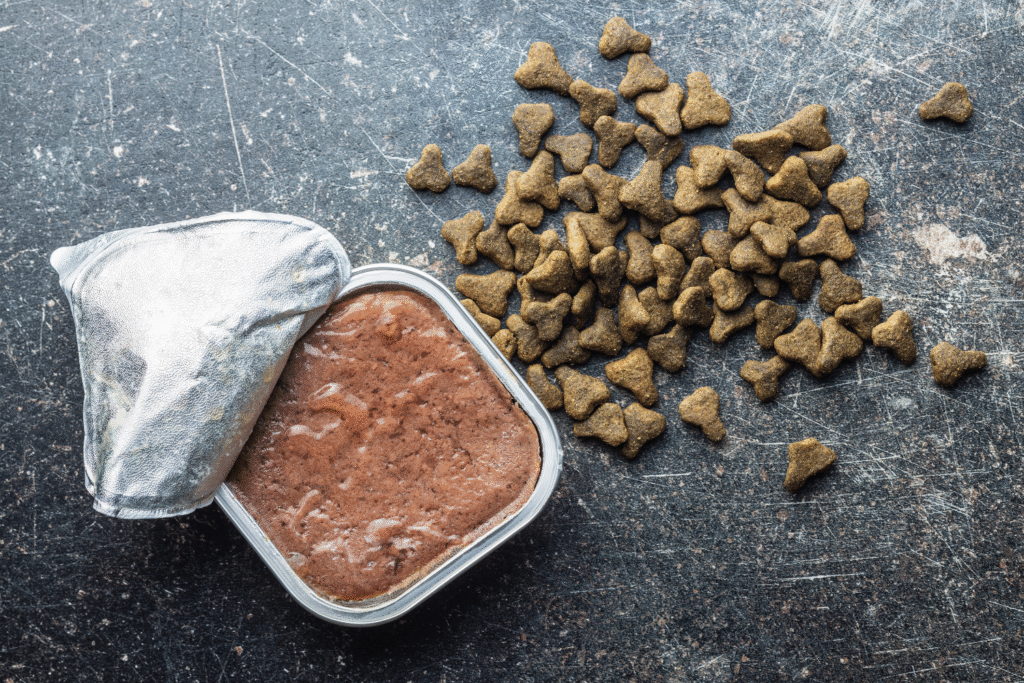
When mobility falters, basic necessities become obstacles. Climbing stairs or jumping to a counter for meals forces painful joints into daily strain. Simple changes—ground-level bowls, wider litter boxes, non-slip mats—turn routine discomfort into ease. Many arthritic cats eat or drink less simply because getting there hurts. Making their world flatter, safer, and closer keeps them nourished and hydrated, reducing inflammation and improving mood. It’s an easy fix that often goes unnoticed until after a cat starts to fade.
5. Skipping weight management once activity slows.
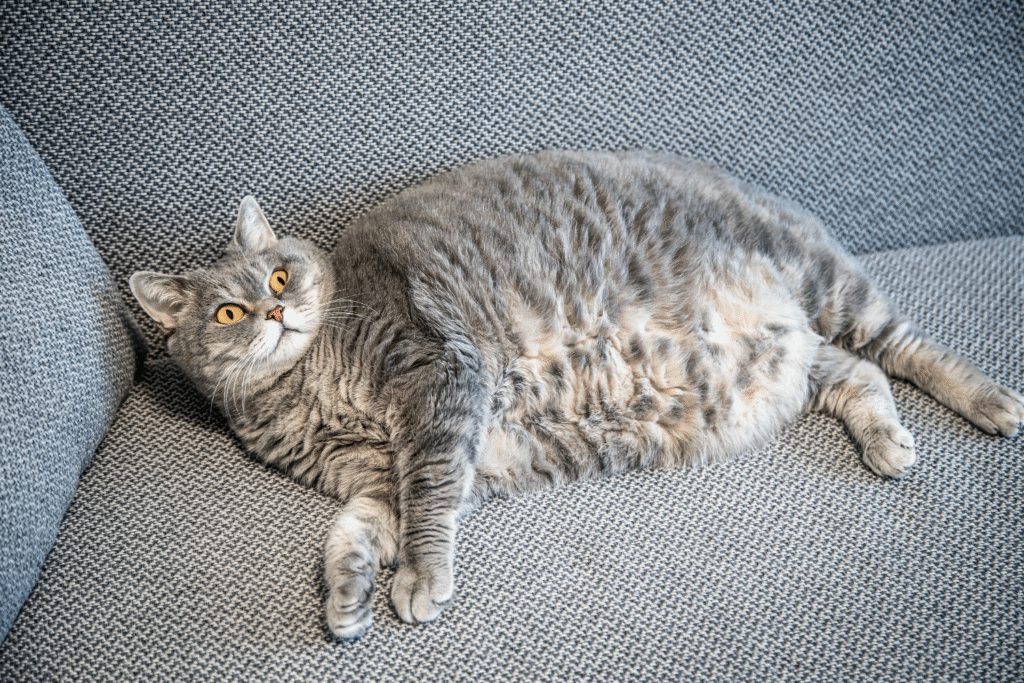
Extra weight is arthritis’s silent amplifier. A few added pounds may not seem like much, but on tiny feline joints, the difference is enormous. Carrying more weight increases friction and speeds cartilage wear. Maintaining lean muscle through careful portioning and diet adjustments helps cushion joints and stabilize motion. Regular weigh-ins at home can catch gradual gain before it spirals. Even a small loss—half a pound—can ease pressure enough for visible relief, letting cats move more comfortably without medication changes.
6. Neglecting warmth and soft sleeping surfaces.
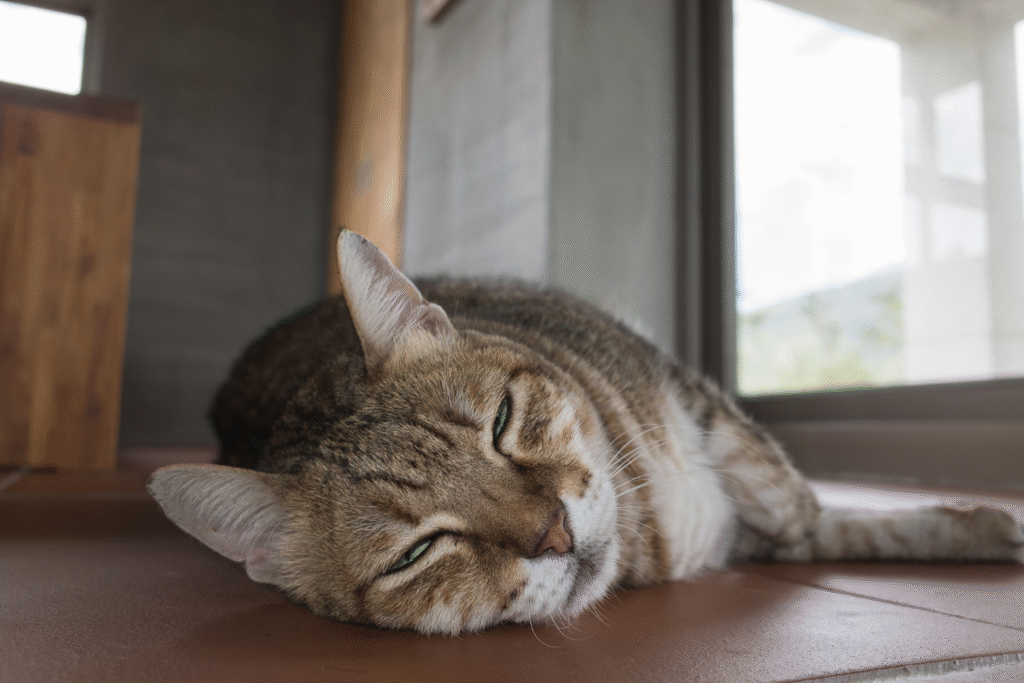
Cold, hard surfaces stiffen joints and make mornings miserable. Providing a heated pad, soft blanket, or foam bed can keep muscles loose and blood flow steady. Cats instinctively seek warmth because it soothes inflammation. Yet many spend nights on tile or bare flooring simply out of habit. Warmth doesn’t cure arthritis, but it can transform daily comfort levels. Consistent cozy rest keeps joints flexible, helping the body resist further tension as temperature changes or weather fluctuates.
7. Forgetting how painful grooming can become.
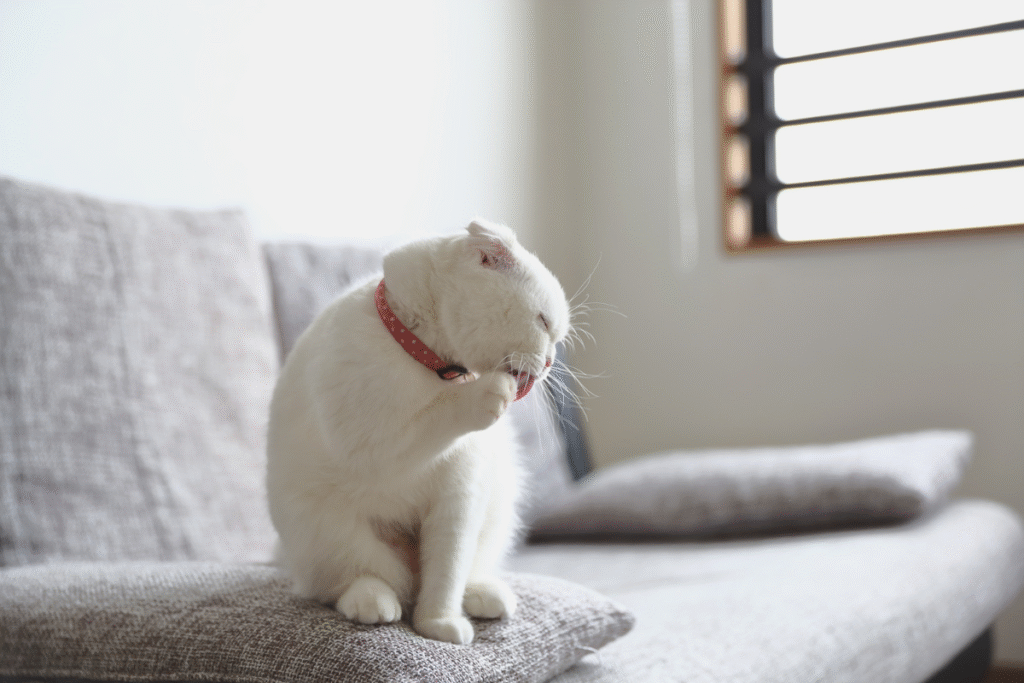
An arthritic cat may stop grooming not from neglect, but because bending hurts. Mats, dandruff, and dull fur can quickly follow, irritating the skin and worsening discomfort. Gentle brushing keeps circulation flowing and prevents mats from pulling on tender areas. For longhaired breeds, trimming dense fur around legs or tail can make movement easier. Grooming time also becomes a way to feel changes in their joints—warmth, swelling, or stiffness that might need a vet’s attention before it escalates further.
8. Overlooking stress and household tension.
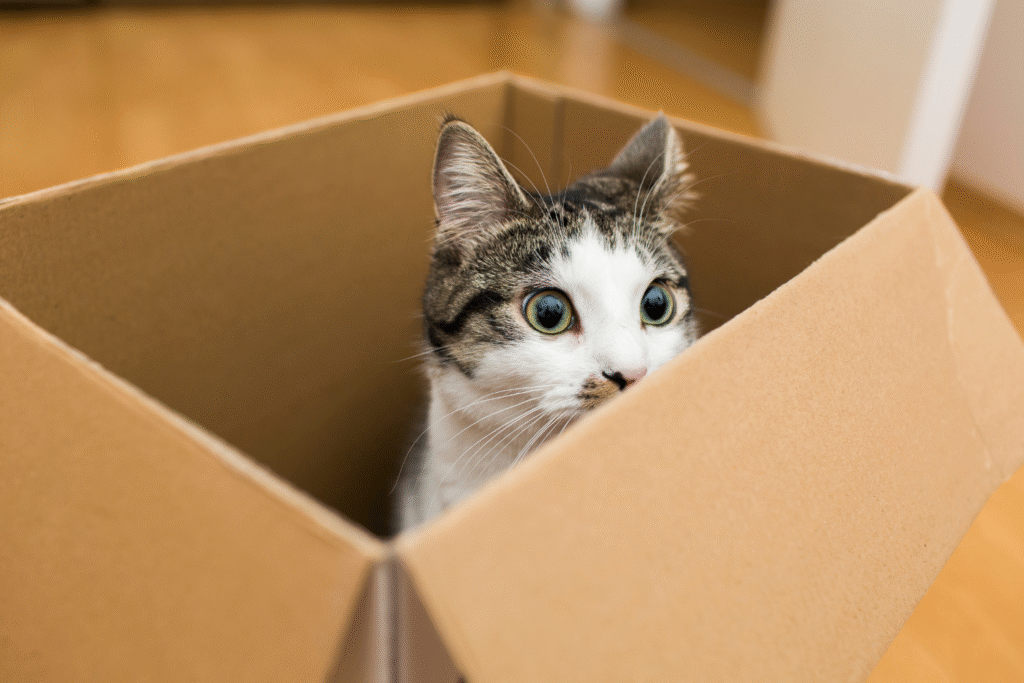
A painful cat’s world shrinks fast. Loud noises, competition for food, or new pets amplify stress hormones, which increase inflammation. Calm routines and stable environments are essential to managing chronic pain. Creating quiet zones with easy access to food, water, and litter lets them rest without feeling threatened. Reducing environmental tension not only preserves comfort but also encourages gentle movement, which in turn helps preserve mobility longer. It’s a cycle that starts not with medicine, but with mindfulness.
9. Assuming arthritis is untreatable once it’s advanced.
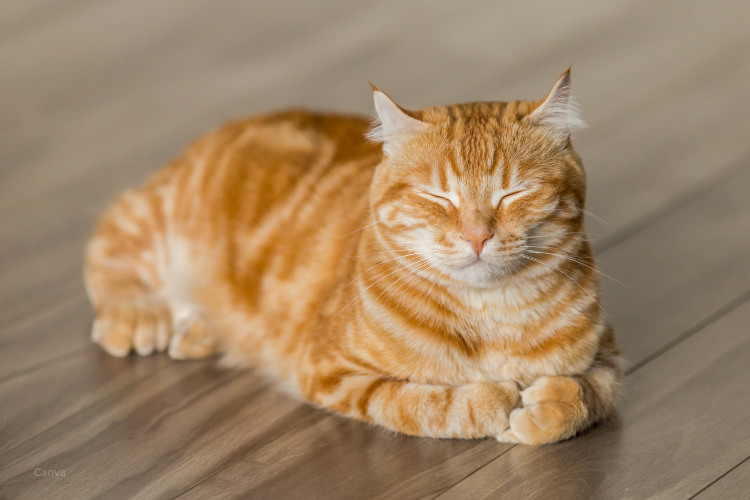
Even in late stages, progress isn’t impossible. New therapies—like laser treatment, acupuncture, and advanced joint supplements—are showing promising results. Veterinarians now manage feline arthritis with layered plans that combine diet, pain relief, and physical support. Owners who give up too soon often underestimate what modern care can restore. Cats can regain mobility and playfulness even after years of stiffness. The key is believing improvement is still on the table and working with a vet to make every movement count again.
